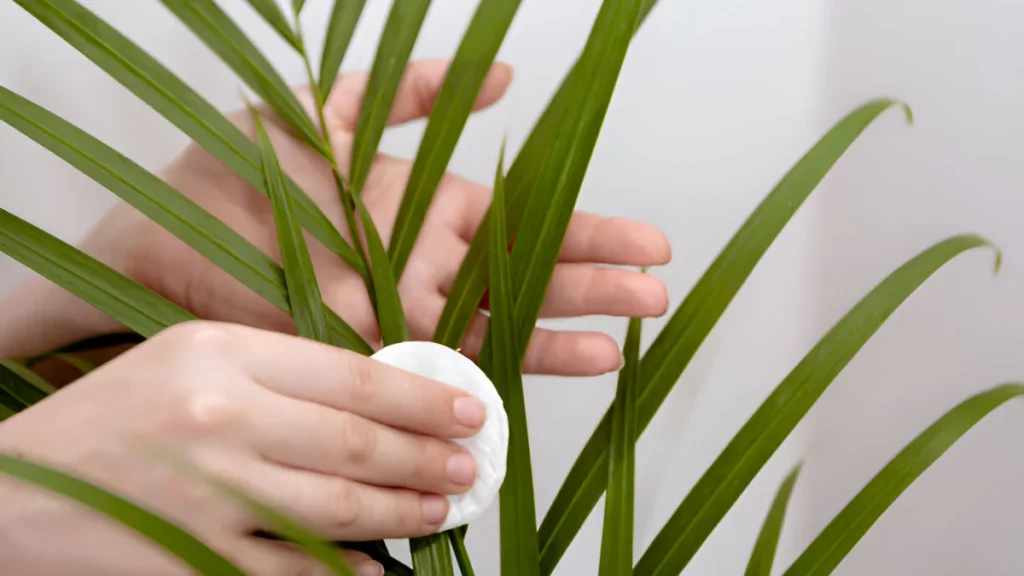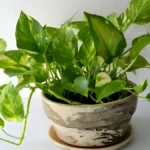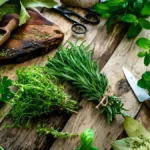The Kentia palm, sometimes referred to as the thatch palm or Forster Sentry palm, is a laid-back houseplant that grows slowly and is a tropical native. The senator from New South Wales, William Forster, inspired the name Kentia Palms. Howea forsteriana is the scientific name for it. Under the right circumstances, this species can reach a height of 40 feet. In this article, we shall learn more about the development and maintenance of Kentia palms.
Let’s find out how to grow kentia palm:
California and Hawaii are the two US states where it may be grown. A detailed guide is provided here.
How to plant Kentia palms:
- Choose a spot outside with sandy to loamy, well-draining soil that receives some shade. Pick a pot with adequate drainage holes if you’re planting in one. Add more gravel or broken pottery to the bottom for more drainage, then fill in around the roots, leaving room at the top for watering.
- When the top inch of soil dries out, prepare to water. However, take care to prevent the soil from getting too wet, as this may cause root rot. Kentia palms can withstand temperatures as high as 100 degrees Fahrenheit and, for small periods, as low as 25 degrees Fahrenheit.
Kentia palm care:
A little extra attention to humidity, temperature, watering, and a little care will be needed for indoor Kentia palm plants.
Kentia palm fertilizer
- Since it grow slowly, they don’t require a lot of fertilizer. Use a slow-release fertilizer in the spring and summer to support growth if you decide to fertilize these palms. Choose a fertilizer designed especially for palm trees and adhere to the directions on the label.
Pruning
- It should require very little pruning. However, you may need to cut off affected fronds as soon as they develop to prevent the disease from spreading. Only trim fronds that are unhealthy or dead. Using sharp pruning shears, remove these. Once the fronds get brown and dry, trim them off.

Propagating Kentia Palm
- Though spring or summer are the ideal seasons, you can do this at any time. Release the root ball from the pot by gently pulling it loose. Next, decide which palm you wish to be excluded from the group. Replant your split palm in a good location for growth. The remaining palms can then be separated or replanted together as before.
Potting and Repotting of these palms
- This palm grows slowly, so you may only need to repot it every few years. Make sure the container has enough drainage holes before planting this palm in it. Plant the same depth in a pot that is a few inches wider around. Add more fresh potting soil that drains properly to fill in.
Common illnesses and their therapy
- Spider mites, mealybugs, and scale are common pests that can harm this palm. A light misting of a powerful stream of water can occasionally cure a mild infestation. If not, you can apply neem oil or insecticidal soap. A suitable fungicide may typically effectively treat diseases that affect these palms, such as leaf spots and other fungal problems.
Conclusion:
Kentia palms are popular indoor and outdoor plants, recognized for their delicate, fluffy fronds and ability to flourish in low-light environments. They can grow up to 10 feet inside and grow slowly. It makes these palms a popular option for bringing some greenery into different areas. You can properly care for this palm tree by adhering to the above-described directions.
Certainly! If you’d like to learn more, please consider following our WhatsApp Channel: Harvest Gardening
A frequently asked questions:
Q1. What is the best fertilizer for Kentia palms?
A1. For these palms, the best liquid fertilizer is one that is balanced and has equal amounts of potassium, phosphate, and nitrogen. During the growing season, fertilize it every four to six weeks.
Q2. Is Kentia palm toxic to cats?
A2. No, it is okay for your cat to gnaw on a this palm, therefore there’s no need to be concerned.
Q3. Why are the leaves of my Kentia palm turning yellow?
A3. On a Kentia palm, yellowing leaves are frequently an indication of overwatering. Make sure the soil drains well, and let it dry out a little bit in between waterings.
Q4. How to grow Kentia palm indoor?
A4. Due to their tolerance for poor light, container growth, and even occasional neglect, kentia palms can thrive inside. Use potting soil that drains properly. Water your Kentia palm every one to two weeks, or when the top inch of soil becomes dry.
Q5. What are the main differences between a Kentia palm and a Majesty palm?
A5. The Kentia palm is easier to maintain indoors due to drought resistance and low light, while the Majesty palm requires more humidity, increased light, and regular watering for flourishing.



